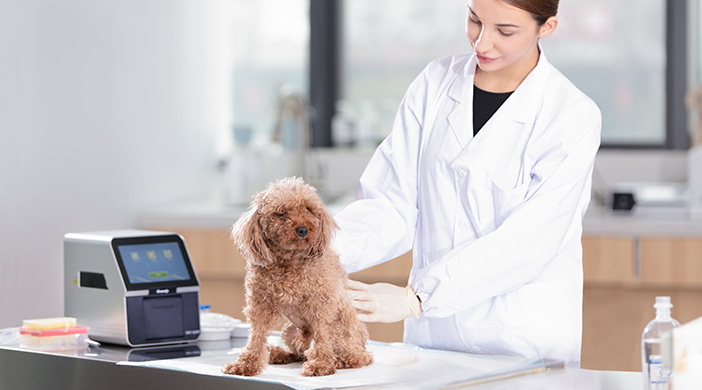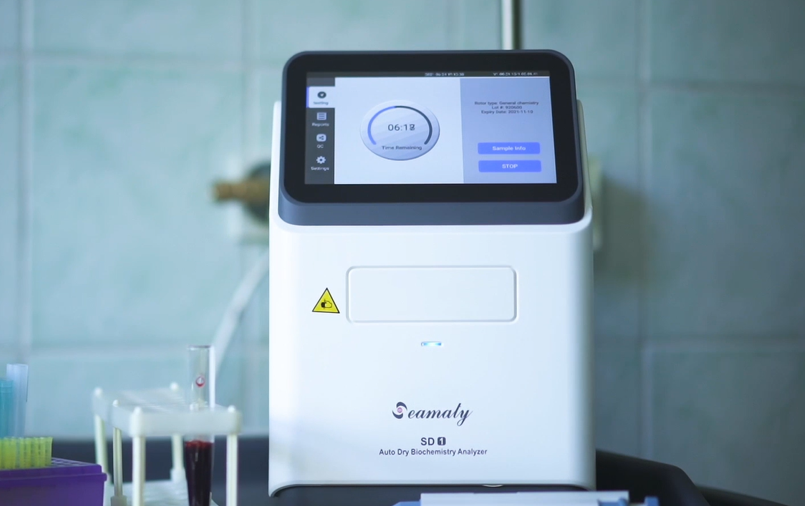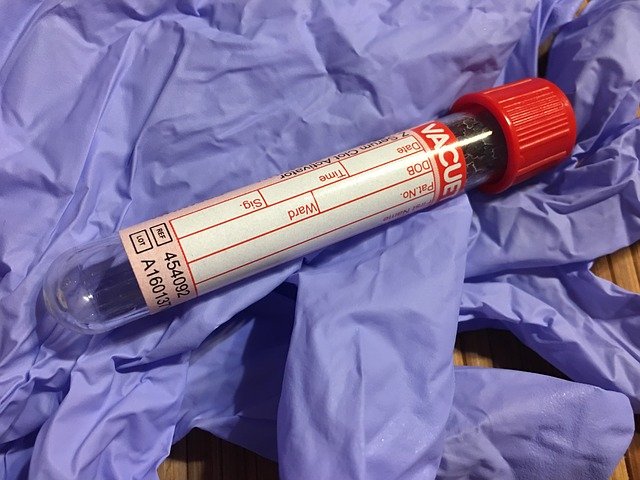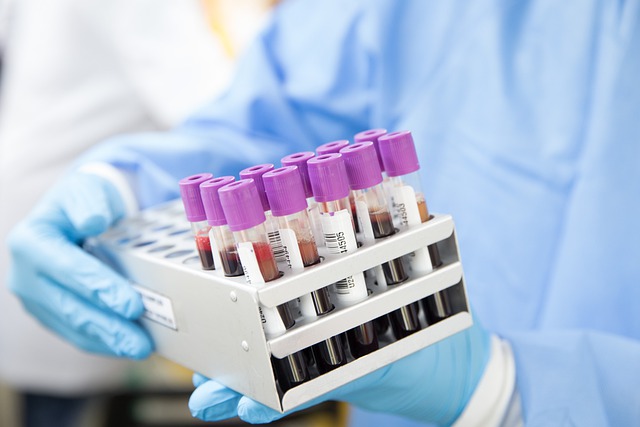To save valuable time when an animal is sick, injured or ready for surgery, more and more clinics are starting to test laboratory tests in-house at the clinic. In-clinic testing makes it more convenient for pet owners and makes them willing to cooperate.
Clients can expect to have test results in a matter of time, perhaps just a few minutes. Then they leave the hospital with a treatment plan and medication, rather than arranging to come back to the hospital in a few days or go elsewhere to get the medication again. Also, in-clinic testing gives the veterinarian more comprehensive information about the animal being seen. Owners are also more likely to follow the recommended treatment plan. The end result is more business for the veterinarian.
Veterinary Biochemistry Analyzers Overview
Veterinary biochemistry analyzers serve as the core equipment for laboratory testing because of the critical data they can provide. Laboratory analysts help quickly assess emergency cases, identify potential risks prior to surgery and anesthesia, and perform health tests to establish baseline data and measure changes.
As you know, liver and kidney function in sick animals must be examined prior to anesthesia. This is because there may be unknown potential conditions that could cause complications or even death in the animal. Biochemistry analyzers help identify this risk.
Today's veterinary chemistry analyzers offer an extensive menu of tests. It can quickly screen for kidney, liver, pancreas and other metabolic diseases. In fact, virtually any biochemical test sent to an outside laboratory can be run on a biochemistry analyzer in a veterinary hospital. These include blood chemistry tests, electrolytes, urine protein creatinine ratio, bile acids, T4 (thyroid) and cortisol.
Many biochemistry analyzers use dry slide technology, which incorporates multiple filter layers to achieve greater reliability. Collected animal serum or plasma is placed on the slide. As the chemicals being tested penetrate the filter layers, the instrument reads and analyzes the chemical reactions at that point. Interference errors from lipemia, jaundice, or hemolysis (rupture of red blood cells in the test sample) are minimized to provide more accurate results.
Other analyzers offer dry bead systems that provide the required reagent stability. But this also includes biochemical techniques from outside laboratories, since the endpoint results are read manually.
Many biochemistry analyzers can provide results in a matter of minutes. Some have even fewer steps. Some vendors offer pre-assembled clips so that the package does not need to be opened.
Some automated
biochemistry instruments include an on-board centrifuge, automatic calibration and built-in quality control programs.
Included centrifugation equipment includes centrifuge tubes, micro-erythrocyte volume/capillary tubes, blood collection tubes such as serum separator tubes, EDTA, Sheather's solution, stool sampling swabs fecal loops, microscope slides, microscope coverslips, tube racks, and differential counters.




